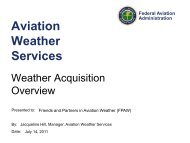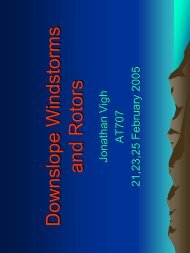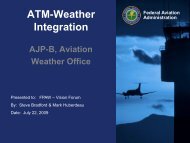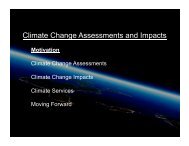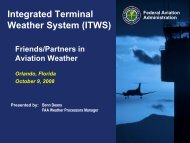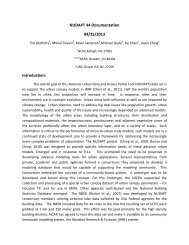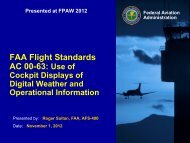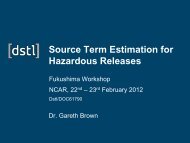Predicting and evaluating extreme weather events
Predicting and evaluating extreme weather events
Predicting and evaluating extreme weather events
Create successful ePaper yourself
Turn your PDF publications into a flip-book with our unique Google optimized e-Paper software.
Summary/Conclusions/Discussion<br />
• Defining <strong>extreme</strong>s: Well-established statistical theory for <strong>events</strong><br />
with small probabilities of occurrence, but many chances to occur.<br />
• Weather spells are trickier to analyze: dependent on location <strong>and</strong><br />
definition.<br />
• Difficult to model severe <strong>weather</strong> <strong>events</strong> because of scale. Can use<br />
large-scale indicators of environments conducive to having severe<br />
<strong>weather</strong>.<br />
• Analyzing <strong>extreme</strong>s in the face of spatial dependence.<br />
– Multivariate EVA, Copulas, BHM, EV df’s with spatial covariates.<br />
Each is valid, <strong>and</strong> can be useful, but there are important<br />
drawbacks to each.<br />
– Conditional EVA (Heffernan <strong>and</strong> Tawn model) shows a lot of<br />
promise. Still some drawbacks, but less important for most<br />
studies.




